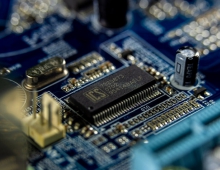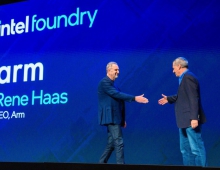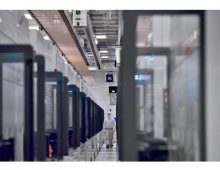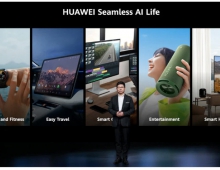
Huawei Launches Server Chipset
Huawei Technologies on Monday launched a new chipset for use in servers, at a time when China is pushing to enhance its chip-making capabilities and reduce its heavy reliance on imports, especially from the United States.
Huawei is seeking growth avenues in cloud computing and enterprise services as its equipment business comes under increased scrutiny in the West amid worries about Chinese government influence over the firm.
The chipset - called the Kunpeng 920 and designed by subsidiary HiSilicon - boosts its credentials as a semiconductor designer, although the company said it had no intention of becoming solely a chip firm.
“It is part of our system solution and cloud servicing for clients ... We will never make our chipset business a standalone business,” said Ai Wei, who is in charge of strategic planning for Huawei’s chipsets and hardware technology.
The company already makes the Kirin series of smartphone chips used in its high-end phones, and the Ascend series of chipsets for artificial intelligence computing launched in October.
It said its latest 7 nanometre, 64-core central processing unit (CPU) would provide much higher computing performance for data centers and slash power consumption. It is based on the architecture of ARM, which is seeking to challenge the dominance in server CPUs of U.S. maker Intel.
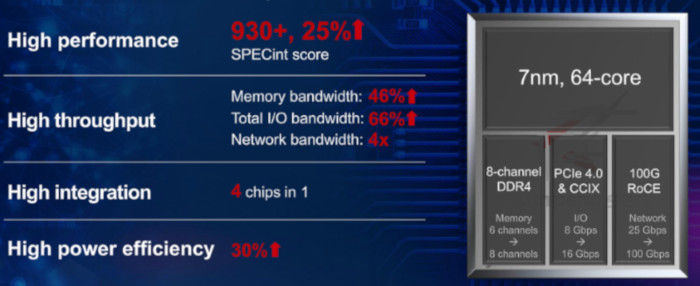
The Kunpeng 920 packs 64 custom Arm-v8 cores running at 2.6 GHz. It supports eight DDR4 channels running up to 2,933 MT/s, two 100G Ethernet ports and PCIe Gen 4.
Huawei said the chip hits 930 on a SpecInt benchmark. It claimed that puts it 30% ahead in performance and 30% in power efficiency over Arm server rivals such as Marvell’s ThunderX2 and Ampere’s eMAG, recently adopted by Huawei’s server rival Lenovo.
ThunderX2 and eMAG are 16nm CPUs with 32 cores running at similar speeds but using slower DDR4 and Gen 3 PCIe interfaces. The Kunpeng chip still lags Intel’s 14nm Xeon Gold which surpasses 1000 on SpecInt using only 18 cores.

Huawei aims to “drive the development of the ARM ecosystem”, said Chief Marketing Officer William Xu. He said the chip has “unique advantages in performance and power consumption”.
Xu also said Huawei will continue its “long-term strategic partnership” with Intel.
Huawei’s new ARM-based CPU is not a competitor to the U.S. company’s x86 CPUs and servers, but complementary, Xu added.
Intel is pairing its latest Xeon chips with its proprietary Optane DIMMs and adding more machine-learning capabilities to the CPUs. In November, AMD announced a 7nm x86 server processor as a follow on to its 14nm version, soaking up some of the demand for an alternative to Intel.
Huawei was seeing “good momentum for the server business in Europe and Asia Pacific” and expects the contribution from its international business to continue to rise, Qiu added.
Huawei on Monday also released its TaiShan series of servers powered by the new chipset, built for big data, distributed storage and ARM native applications.

